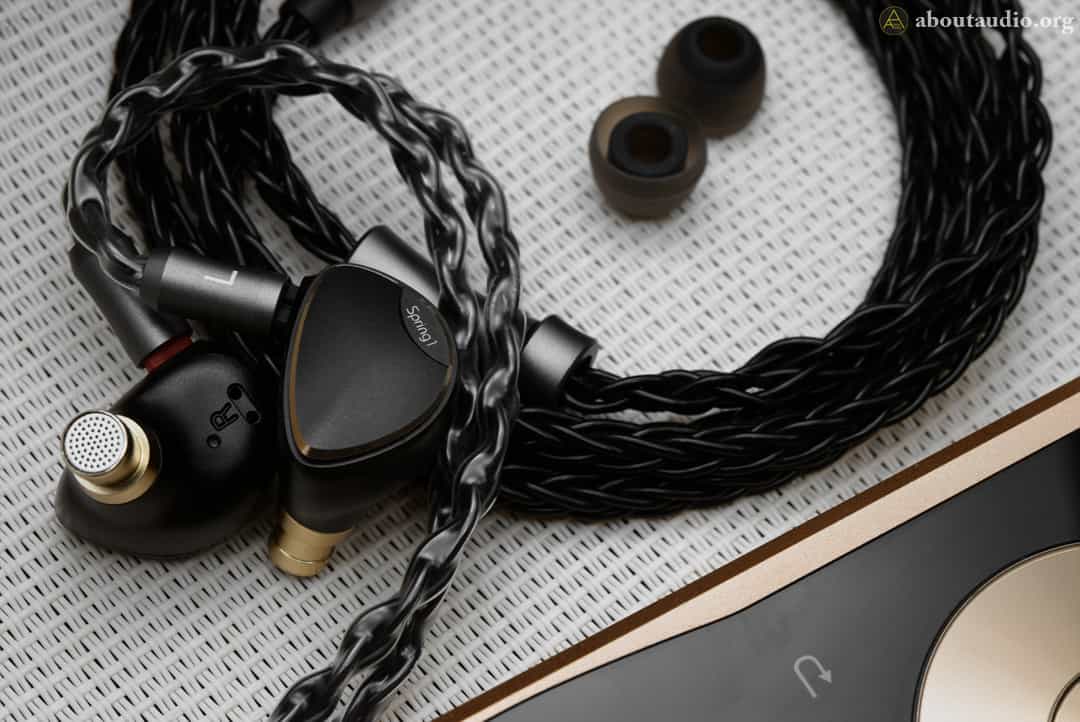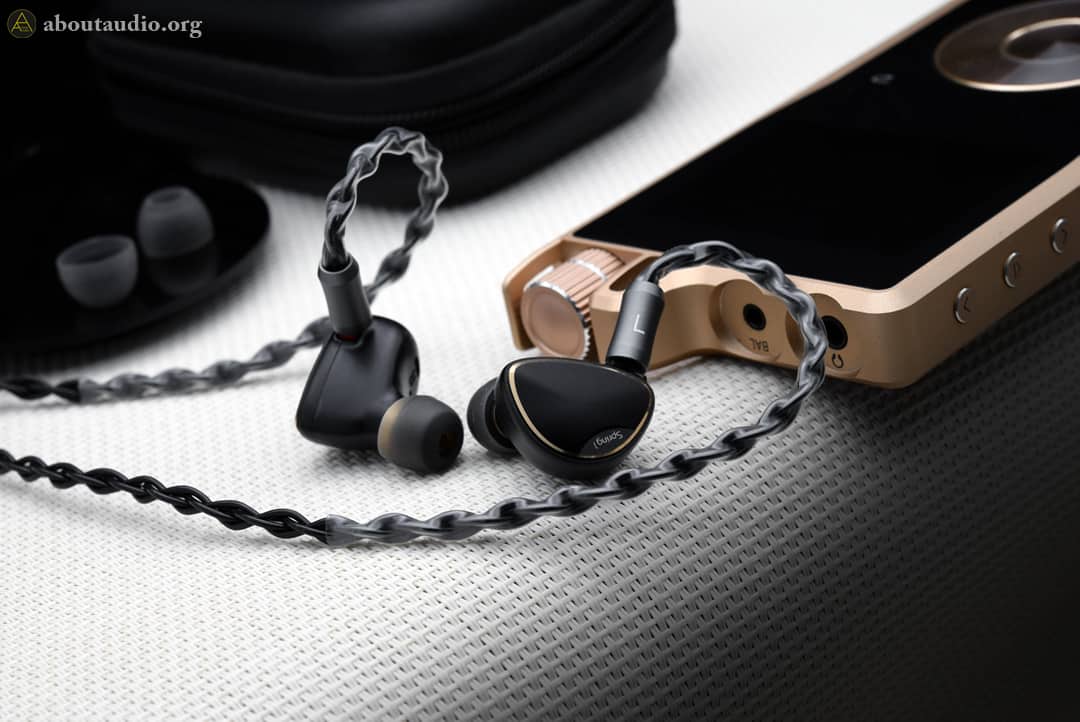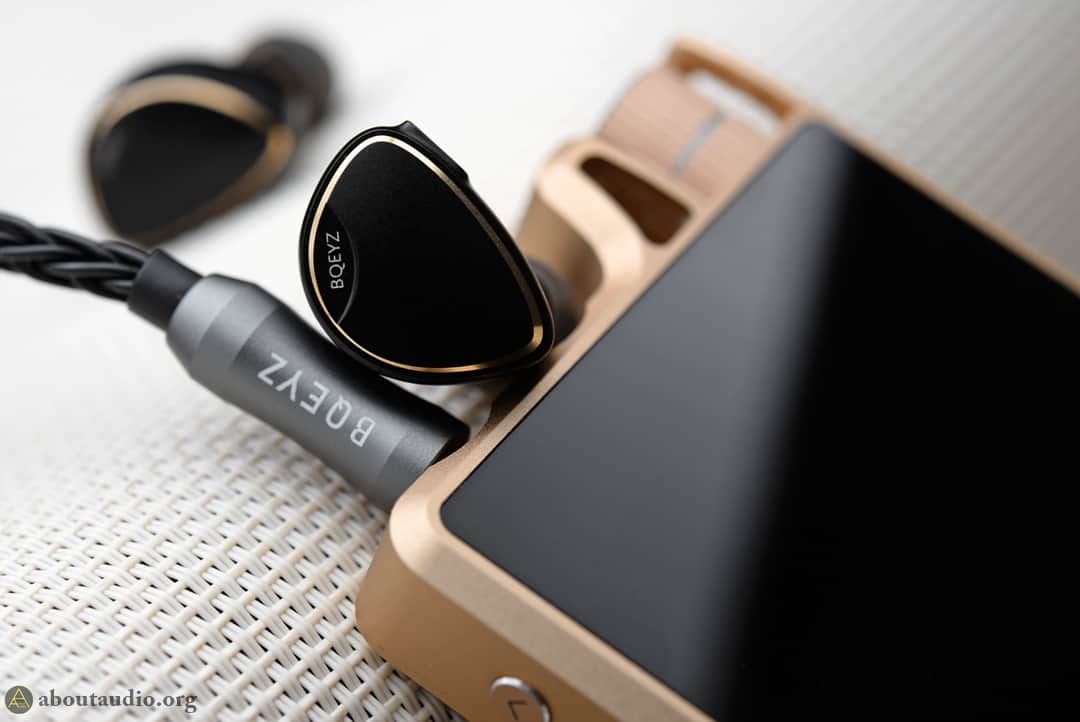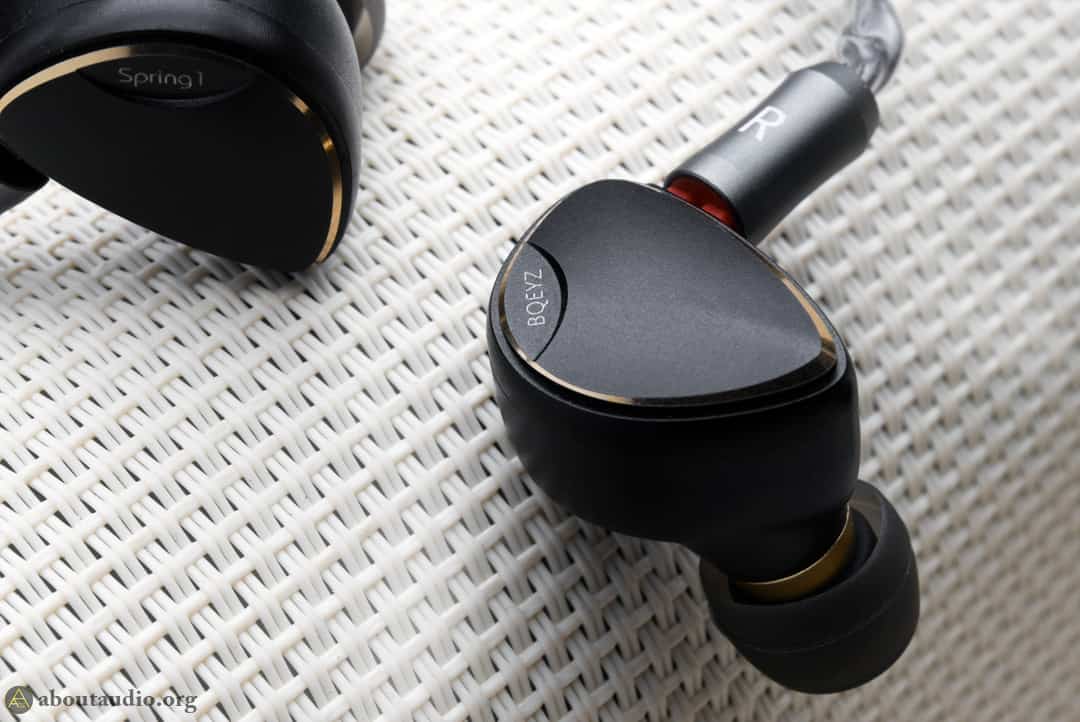
BQEYZ Spring 1 Review: Affordable sensation
I’m sure most of the budget audiophiles are already aware that BQEYZ is the rising sun in the IEM market. Their affordable yet high-quality IEMs have been leading a good amount of audiophiles to share good impressions about it. Yet in the beginning, I wasn’t so confident about the brand. Its somewhat odd naming made me repulsive along with a thought that this would be one of those many Aliexpress IEMs that are mediocre on its max. Though in the end, I have got to have Spring 1 as my first BQEYZ experience and realized my sloppy guesses were wrong. Let us now get into details and see how this one really is.


Packaging
Spring 1 comes in with neat packaging and quality accessories. The outer cover is nicely designed containing specs on the sides and back. The inner box could have used more design elements or creativity, but no big deal. Other than the earpieces, the package includes a stock cable, 3 pairs of “atmosphere” eartips, 3 pairs of “reference” eartips, a metal tray (for organizing the eartips), a pair of foam tips, a cable tie, a carrying case, and some paperwork.
These two types of eartips present a consistent yet with a slight difference, the “atmosphere” eartips having more clarity and focus to the sound while the “reference” eartips sound more opened and less intensive. The included case is made of hard leather and feels sturdy. Overall, I am impressed with the choice of accessories.

Earpieces
Spring 1 is exceptionally interesting due to its tribrid driver setup. It sports a large 13mm dynamic driver for the lows, a customized single balanced armature for the mid/highs, and a 7 layer piezoelectric super tweeter for the ultra highs. We don’t get to see a tribrid setup on a sub $100 price tag so often, but all that matters is the sound and let’s get that checked later down below on the part for the sound impression. The earpieces are terminated in 0.78mm CIEM 2pin sockets. The fitting is very nice with a moderate weight and insertion depth, so the chances are low for having any fitting issues with these.
The earpieces are fully made of CNC’d aluminum, finished with a highly refined black coating, and gold anodizing on the edge of the faceplates to give that diamond-cut design. Having matte black as the base color and a touch of golds on the faceplates and nozzles give quite a stylish look. I’d like to point out how the surface coating process has been well done – the textures are refined and smooth without any grainy bits or inconsistency. The manufacturing process sure seems to be at a higher level than other metal housing IEMs with similar price tags.

Cable
The included cable is a nice one, made of 8-braided silver-plated copper and works out nicely with the IEM’s sound. All parts from the plug to the 2pin sockets are all made of metal with tightly twisted wires without any loosen wires or messed-up braidings. Although the 2pin sockets on the earpieces are half-recessed, the 2pin connectors on the cable are designed to fit fully-recessed sockets as well which is nice.

Sound impression – Ultra lows, upper lows
Spring 1 presents a w-shaped signature with mids pulled closer to the ears. Bass has a firm and speedy thud with decent depth. Ultra lows aren’t particularly highlighted in quantity or reverb, though it has a vivid presence and dark enough in color. So no, the lower ends don’t feel empty or lacking in extension but rather have a stout yet very clear background while keeping the bass reasonably flat. Upper lows show more bass quantity, similar to typical mildly v-shaped IEMs. There’s a more generous amount of reverbs available here, but only to the point where the atmosphere doesn’t get muddy.
Thanks to the large 13mm dynamic driver, the bass generates quite a large and wide imaging. The density is thick and the upper lows dive deep enough with good liveliness. I’m mildly amazed to see such a large dynamic driver bring out sufficient liveliness and density without an additional amplifier. The weight of the bass is centered on the lower side, staying well condensed and also prevents the upper lows from going honky or superficial. Overall, Spring 1 keeps the bass controlled with an appropriate amount of reverbs and quantity, without losing depth or power.

Sound impression – Mids
Mids are clear and forward, pulled close to the ears. Its splendid and vibrant vocals are one of the highlights from Spring 1. Lots of colors are getting presented on the vocals with much air throughout the mid-range. It has an elevated presentation which is the weight of the vocals being centered slightly on the upper side.
Despite that, the mids are densely packed with fine texture and feels thick all the way from the lowest mids to the upper mids. Vocals continue a dense, creamy tone until the upper mids where the brightness gradually and mildly increases with stronger transparency and a crunchier texture. This adds a cool breeze to the sound with a bit of an open-field experience. Other than the small peak on the upper mids, the vocals stay reasonably stable throughout the frequency.

Sound impression – Overall / sonic characteristics
There are many things that could be messed up from an IEM containing different types of drivers – such as coherence, imaging, tone, and so on. Let’s first talk about coherency. Mids here sound impressively coherent considering the tribrid setup and its price. Each driver is actively taking roles in the sound without breaking down or spreading out everywhere.
Next is imaging. Spring 1 presents that fun, energized 3D-presentation we usually get from hybrid/tribrid IEMs. The layerings are visibly boosted, highlighting the distance and depth between each layer. Though this happens within the boundaries where the positional accuracy wouldn’t get harmed. It’s not an IEM with the most razor-sharp accuracy, but the majority of users who have good experience with hybrid IEMs would, in fact, find this sound signature pleasing.
Lastly, the tone. The tone has some coloration due to its vivid nature, however just as mentioned above, nothing to the point where it’s considered excessive. The coloration is applied to give a delightful taste and style, not to distort the music itself. I am quite sensitive when it comes to coloration and tonality, yet Spring 1 was able to reason with me quite nicely.

Sound impression – Highs, etc.
Unlike electrostatic (EST) tweeters, piezoelectric tweeters have a huge advantage in two ways. First, the price is uncomparably cheap. Second, it doesn’t require as much power as EST. The energetic and shiny attitude from the upper mids nicely continues to the highs but with a more organic and softer manner. It’s a cute, feminine type of treble where it sports a slimmer thickness and pays attention to all sorts of little tingles and rattles. However, note that this is just the tendency that Spring 1 shows and doesn’t mean trebles lack power or hardness, as it would do its job when a song requires to play in a tough and punchy manner.
Highs possess a good amount of air and stretch up towards the ultra highs stably and easily. The headroom is quite on the larger side. The large dynamic driver creates a generously wide and deep background with spatial mids and well-stretching highs. Separation is outstanding for the price, having very small detail analyzed and distinguished.

Eartips Cable matching
While Spring 1 produces a fair amount of bass, those who need powerful punchy bass may be better to seek for different eartips and cables. Spring 1’s stock cable is SPC, which I found to be contributing to its rather flat and elevated sound signature. Pairing with either a pure copper cable or a GPC cable would most likely provide you enough bass quantity and reverbs to fill up the lower ends even more. I wouldn’t recommend pure silver cables as the upper frequencies could easily get overpowered. SPC cables could be a mixed bag of beans, as some would certainly bring a better match while others could get the sound too overpowered.
Stock eartips are in fact very nice, with the narrow one having a slightly more solid and clearer focus to the sound while the other one creating a more wide, relaxed, and open-air presentation. Though my favorite eartip selection was JVC Spiral Dots as it brought out the bass with both depth and wideness, as well as having that open-air presentation on both mids and highs.

Verdicts
I’m surprised by BQEYZ. Lacking company background info and having a tribrid setup for such price gave me lots of doubts about the quality, yet Spring 1 thoroughly lives up to the expectations and should also do for the majorities. If you’re into those fun, spacious, and 3D presentation that often comes from hybrid IEMs and want to step up the game, Spring 1 is going to be a rock-solid choice in a long term. I’d gladly keep my eyes on this brand and look forward to powerful yet affordable products they’ll present us in the future.
Thanks to BQEYZ for providing Spring 1 for an honest impression/feedback.
I am not affiliated with BQEYZ and none of my words were modded or asked to be changed.



